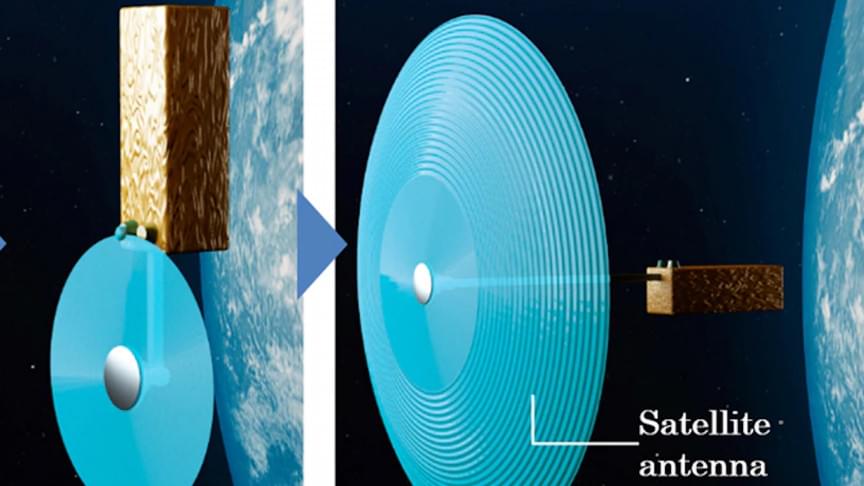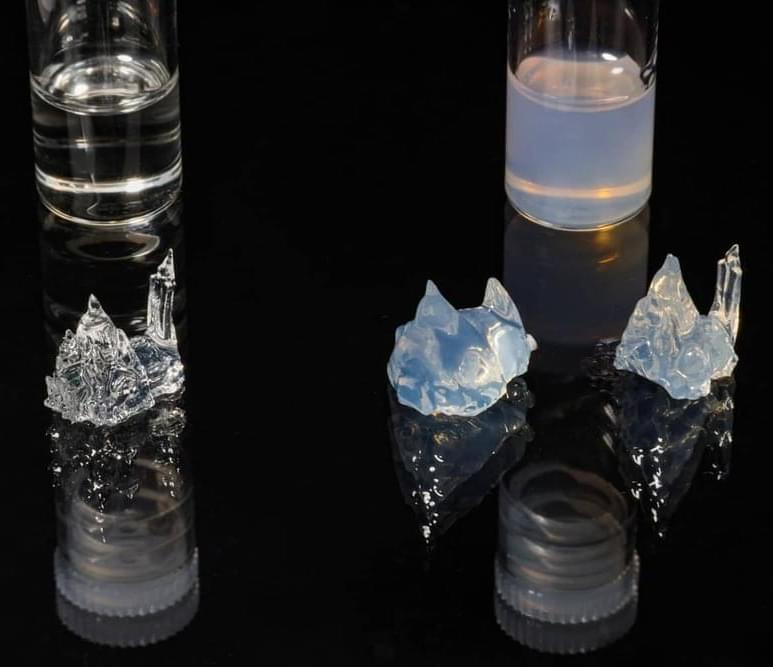
Get the latest international news and world events from around the world.




Satellite antennas could be 3D printed in space to massively reduce launch costs
“Spacecraft antenna designs are challenging due to their conflicting requirements for high gain, wide bandwidth, and low weight,” Mitsubishi announced. “High gain and wide bandwidth necessarily require a large aperture, but economical orbital deployment conventionally dictates that designs be lightweight and small enough to fit or fold inside a launch vehicle or satellite deployment mechanism.”
Mitsubishi also claimed that, with its new technology, ‘additive-manufacturing in space has now become possible.’ However, it’s worth noting that the International Space Station already features a 3D printer launched to the orbital station back in 2014. The European Space Agency also announced last year it would experiment with 3D printing in space using scrap metals from the Moon.
Still, the company’s new method has the potential to reduce the cost of satellite launches significantly, and it could pave the way for the construction of other vital parts for future space missions.


A Spacecraft Just Recorded The Lunar Eclipse Like You’ve Never Witnessed It Before
A total lunar eclipse is an incredible sight. As Earth passes between the Moon and the Sun, its shadow slips across the face of our satellite so only long, red wavelengths – sunlight refracted by Earth’s atmosphere – can slip through, tinting the usually pale Moon blood-red.
That’s when we see it from here, on our planet. But from space, the view is very different – and now we can see what that looks like, thanks to the asteroid probe Lucy, led by the Southwest Research Institute (SwRI), launched in October 2021.
At the time of the recent total lunar eclipse, which could be seen on the night of 16 May across most of the Americas, Lucy was at a distance of around 100 million kilometers (65 million miles) from Earth.

New electronics cooling tech enables 740% increase in power per unit volume
Tarek Gebrael, a UIUC Ph.D. student in mechanical engineering, explains that the existing solutions suffer from three shortcomings – first, they can be expensive and difficult to scale up. Second, conventional heat spreading approaches generally require that the heat spreader and a heat sink be attached on top of the electronics device. Unfortunately, in many cases, most of the heat is generated underneath the electronic devices, meaning that the cooling mechanism isn’t where it is needed the most.
And third, Gebrael explained, the heat spreaders can’t be installed directly on the surface of the electronics. They require a layer of “thermal interface material” sandwiched between them to ensure good contact. However, due to its poor heat transfer characteristics, that middle layer also introduces a negative impact on thermal performance.
Now, researchers have come up with a new solution to address all three of those problems. First, they used copper as a primary material, which is relatively inexpensive. They then made the copper coating that entirely “engulfs” the device, says Gebrael, “covering the top, the bottom, and the sides… a conformal coating that covers all the exposed surfaces” – so that no heat-producing regions are neglected. And finally, the new solution removes the need for a thermal interface material and a heat sink.
